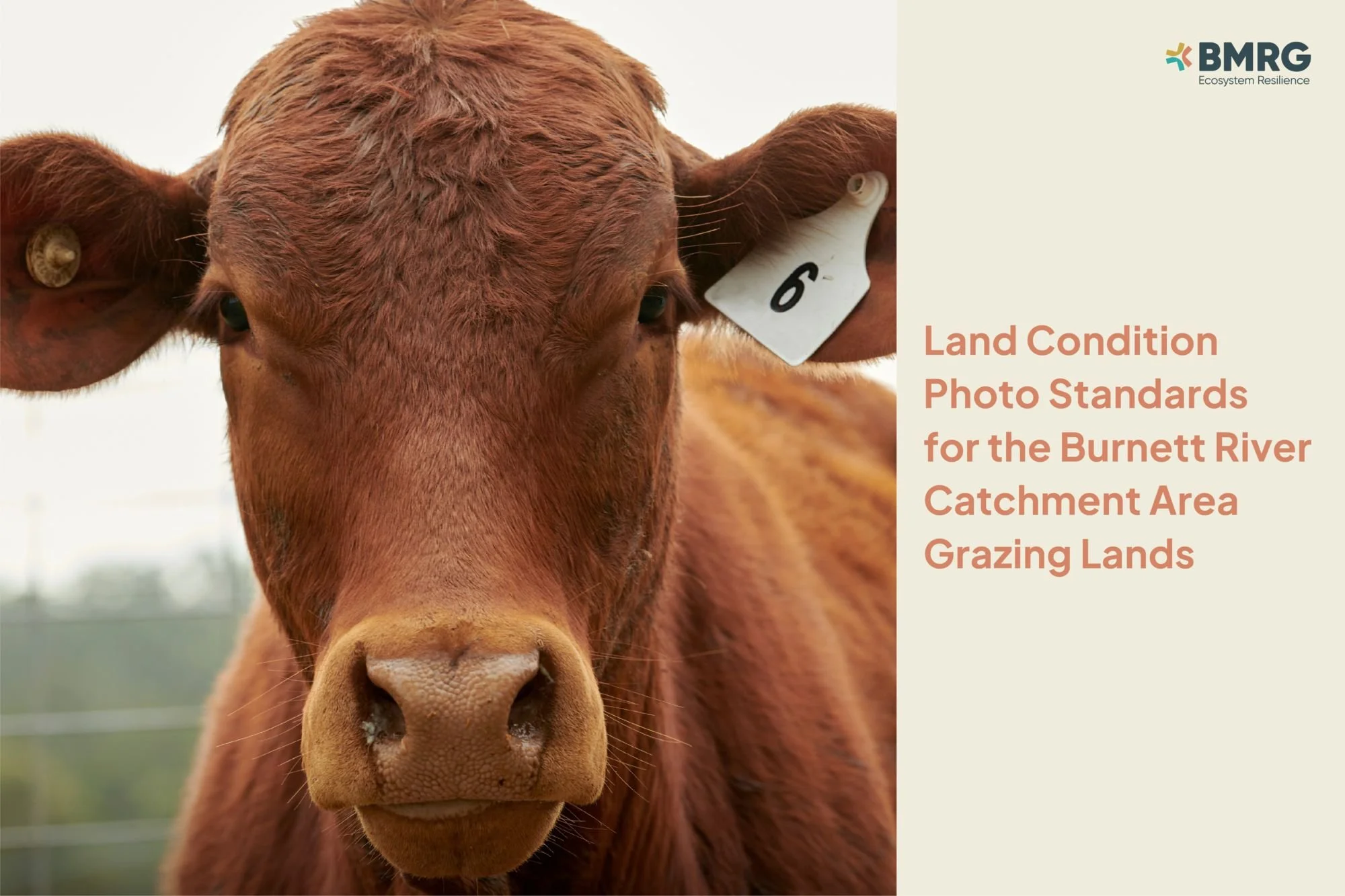Land Condition Photo Standards
A handy reference tool has been produced to show land condition photo standards for the Burnett River Catchment Area Grazing Lands.
The ABCD grazing land condition framework provides differentiation between land condition classes and has gained wide use in Queensland.
There are four classes of land condition with ‘A’ condition the best and ‘D’ condition the worst.
This framework is based on grazing land ecology and relies on research from long-term grazing trials in Queensland.
Land condition is important because it underpins the productivity and profitability of the beef industry. Therefore, understanding land condition is critical for understanding the productive potential of the land, and is a basis for deciding when to make changes in management, eg alter stocking rates, introduce spelling practices and modify infrastructure for minimising damage to the natural resource.
Explicit in the definition of good condition is the maintenance of ecosystem processes, such as water and nutrient cycling over variable periods of rainfall, resulting in stable pasture responses relative to the livestock carrying capacity.
Land condition is a multi-faceted assessment, not dependent on any one feature of a landscape. To arrive at a classification of A, B, C or D condition, consideration is made of the country’s soil, pasture, weed and woodland components.
This publication was produced by the Burnett Mary Regional Group (BMRG) through support and funding from the Queensland Government and the Australian Government’s National Landcare Program.
Download
Download "Land Condition Photo Standards for the Burnett River Catchment Area Grazing Lands":
High-res
https://link.ws/Dj53w
Low-res
https://link.ws/RlBAo


